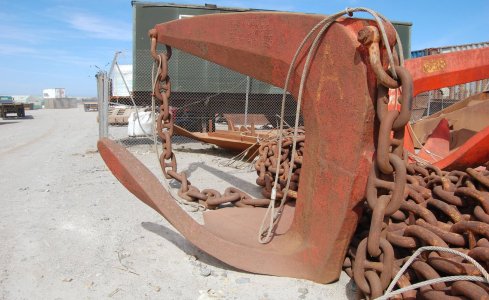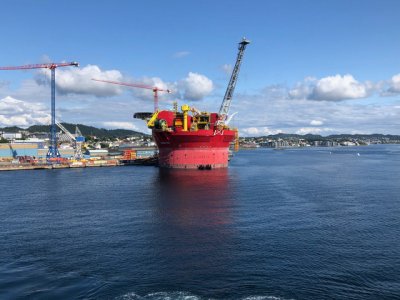dunedin
Well-known member
How can an oil rig lose 4 out of 8 anchors? And assuming these are evenly distributed around the rig, if these were the windward ones in the storm, how didn’t it break free - or worse tip over if only anchored at the leeward side? North Sea platform 'secure' after losing anchors


